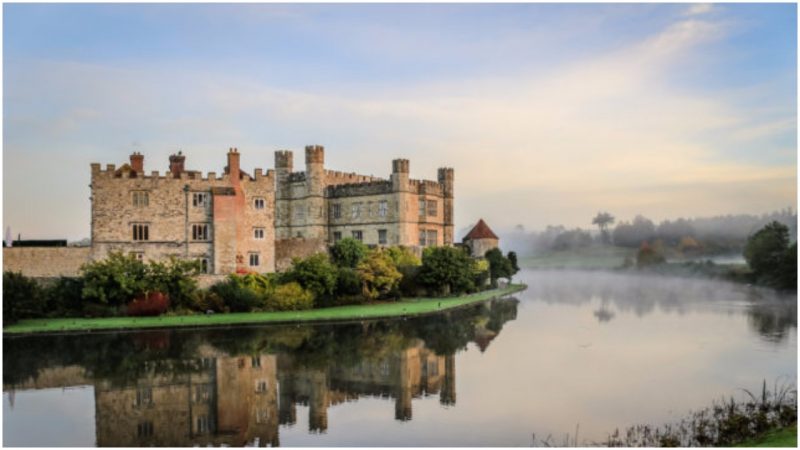In the oldest county of England, some of the most remarkable castles ever built stand proud. Kent is famous for its extraordinary residences, ones that continue to impress the public with their beauty as well as their rich history. One of them is Leeds Castle, also known as “the loveliest castle in the world.”
The king made some alterations to the castle, the most noticeable being the addition of the Great Hall and the tower known as the Gloriette, where the apartments of his beloved wife were situated. The castle was a gift to his wife Queen Eleanor of Castile, and after her death, it passed on to the King’s second wife, Margaret. From then on, every succeeding queen would be given Leeds Castle. Without even knowing it, Edward I started a tradition that would go on for centuries.
Famous and influential queens have lived in the castle at various points in their lives. Among them are Isabella of France, wife of Edward II; Joan of Navarre, wife of King Henry IV; Catherine of Valois, who married Henry V; Anne of Bohemia, the 15-year-old bride of Richard II; and Catherine of Aragon, the first wife of Henry VIII.
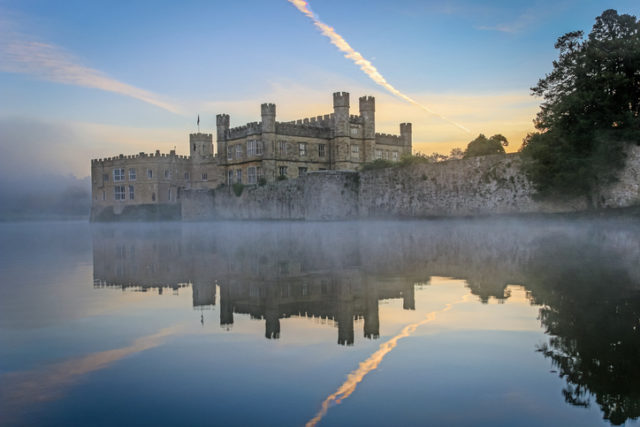
The castle evolved from a manor house to the massive building we admire today. The first recorded structure on the property was wooden, built in 857 AD as the residence of a Saxon royal family. It was reconstructed as a stone castle by Robert de Crevecoeur after the Norman Conquest. Then, in 1278, the castle became the property of Edward I.
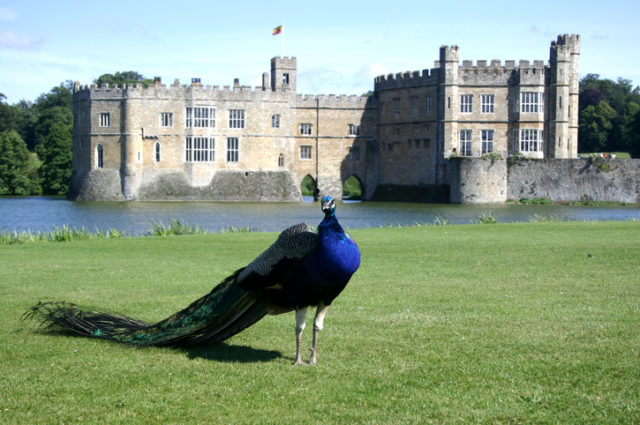
Additionally, Elizabeth I, before being proclaimed Queen of England, was held as a prisoner in the castle. Due to its residents, Leeds Castle is also known as the “Castle of Queens, Queen of Castles.” As the owners of the castle changed, so did its appearance. Many improvements were made over the centuries, but the biggest changes were made by King Henry VIII.
In 1519, he turned the castle into a royal palace for his first wife, Catherine of Aragon. Henry VIII added many windows, in a period when glass was a very expensive ornament that only the church could afford in significant quantities. He also transformed some of the rooms into grand reception halls decorated with fireplaces and built new apartments for the Queen as well as a chapel.
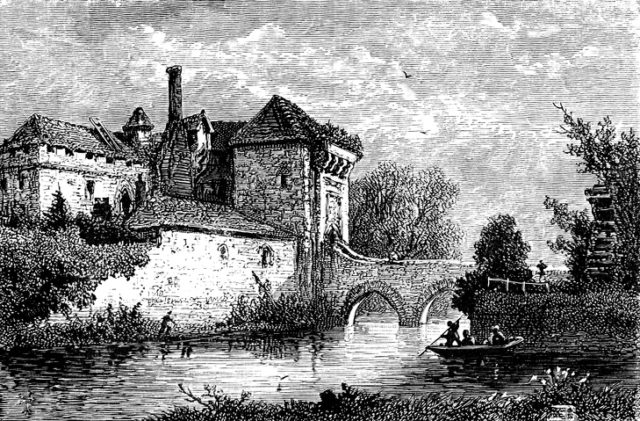
Henry VIII and Catherine of Aragon visited the castle frequently. In fact, the king and queen, together with 5,000 people, spent the night here before Henry VIII’s departure to northern France for his famous meeting with Francis I of France that would become known as the Field of Cloth of Gold. To commemorate the meeting, an impressive painting is still part of the castle’s interior decor.

After the death of Henry VIII, his son, Edward VI, put an end to the royal ownership of the castle in 1553. It was purchased by the St. Leger family, who afterward sold it to Sir Richard Smythe, who also eventually had to sell it and the castle has since changed ownership several times. It was even used at one point to keep French and Dutch prisoners of war, who intentionally set fire to the castle, causing damage that would only be repaired centuries after.
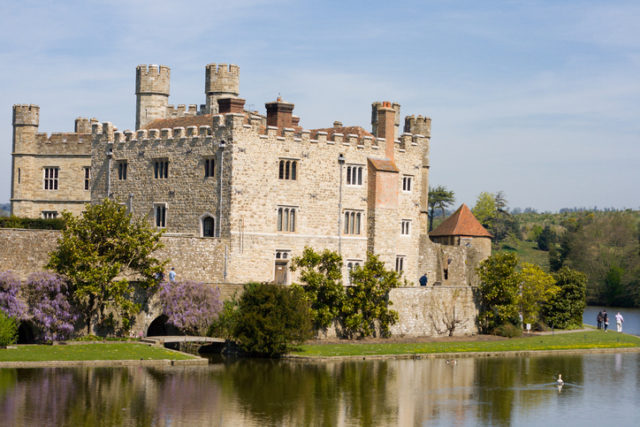
Leeds Castle saw its major restoration in 1926 when it was acquired by the Anglo-American heiress Lady Olive Baillie. She commissioned architects and designers from France to transform the interior. Her additions were the drawing room, dining room, and the library, although she chose not to modernize the Queen’s chambers and restored them to the appearance they would have had centuries ago. Lady Baillie was famous for the glamorous parties she hosted at Leeds Castle, attended by many famous guests, including royalty and movie stars.
After her death in 1974, the castle passed to the charity she had created during her lifetime, called the Leeds Castle Foundation. Today it is open to the public. Its scenic location and beautiful gardens, in combination with its long history, make Leeds Castle one of the most-visited historic buildings in England.
